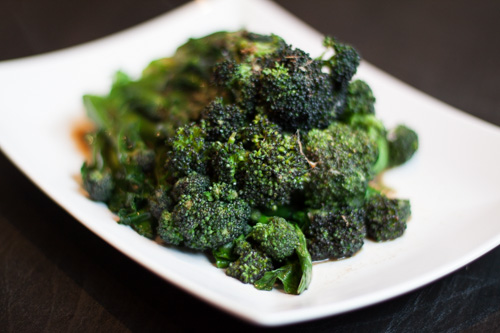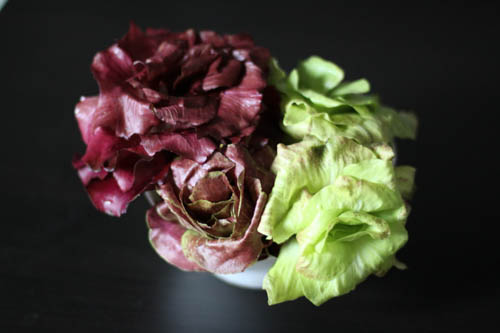Purple sprouting broccoli with burnt anchovy butter
 Saturday, March 5, 2016 at 9:28AM
Saturday, March 5, 2016 at 9:28AM 
There is one thing I will miss about winter: purple sprouting broccoli. It is one of my favourite vegetables of the season. I have been eating it tossed in a little burnt anchovy butter every other week.
Natoora source their purple sprouting broccoli from Martin Sanders in Worcestershire. His family have been growing it for many generations. They save the seeds from the best plants, which improves the quality of the crop with each passing year. The result is a purple sprouting broccoli with tight, dense florets, tender leaves and high sugar content in the stems.


